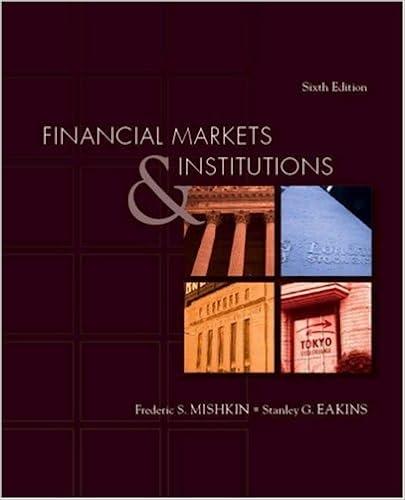| eBook Problem 6-07 The following are monthly percentage price changes for four market indexes. | Month | DJIA | S&P 500 | Russell 2000 | Nikkei | | 1 | 0.03 | | 0.01 | | 0.04 | | 0.04 | | | 2 | 0.09 | | 0.08 | | 0.13 | | -0.02 | | | 3 | -0.02 | | -0.01 | | -0.05 | | 0.06 | | | 4 | 0.01 | | 0.02 | | 0.02 | | 0.01 | | | 5 | 0.04 | | 0.04 | | 0.15 | | 0.01 | | | 6 | -0.06 | | -0.03 | | -0.08 | | 0.07 | | Compute the following. - Average monthly rate of return for each index. Round your answers to five decimal places.
DJIA: S&P 500: Russell 2000: Nikkei: - Standard deviation for each index. Do not round intermediate calculations. Round your answers to four decimal places.
DJIA: S&P 500: Russell 2000: Nikkei: - Covariance between the rates of return for the following indexes. Use a minus sign to enter negative values, if any. Do not round intermediate calculations. Round your answers to six decimal places.
Covariance (DJIA, S&P 500): Covariance (S&P 500, Russell 2000): Covariance (S&P 500, Nikkei): Covariance (Russell 2000, Nikkei): - The correlation coefficients for the same four combinations. Use a minus sign to enter negative values, if any. Do not round intermediate calculations. Round your answers to four decimal places.
Correlation (DJIA, S&P 500): Correlation (S&P 500, Russell 2000): Correlation (S&P 500, Nikkei): Correlation (Russell 2000, Nikkei): - Using the unrounded answers from parts (a), (b), and (d), calculate the expected return and standard deviation of a portfolio consisting of equal parts of (1) the S&P and the Russell 2000 and (2) the S&P and the Nikkei. Do not round intermediate calculations. Round your answers to five decimal places.
Expected return (S&P 500 and Russell 2000): Standard deviation (S&P 500 and Russell 2000): Expected return (S&P 500 and Nikkei): Standard deviation (S&P 500 and Nikkei): Since S&P 500 and Russell 2000 have a strong -Select-negativepositiveItem 21 correlation, meaningful reduction in risk -Select-is not observedis observedItem 22 if they are combined. Since S&P 500 and Nikkei have a strong -Select-negativepositiveItem 23 correlation, meaningful reduction in risk -Select-is not observedis observedItem 24 if they are combined. |






